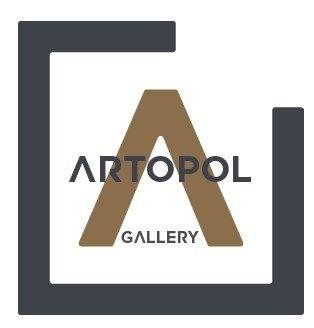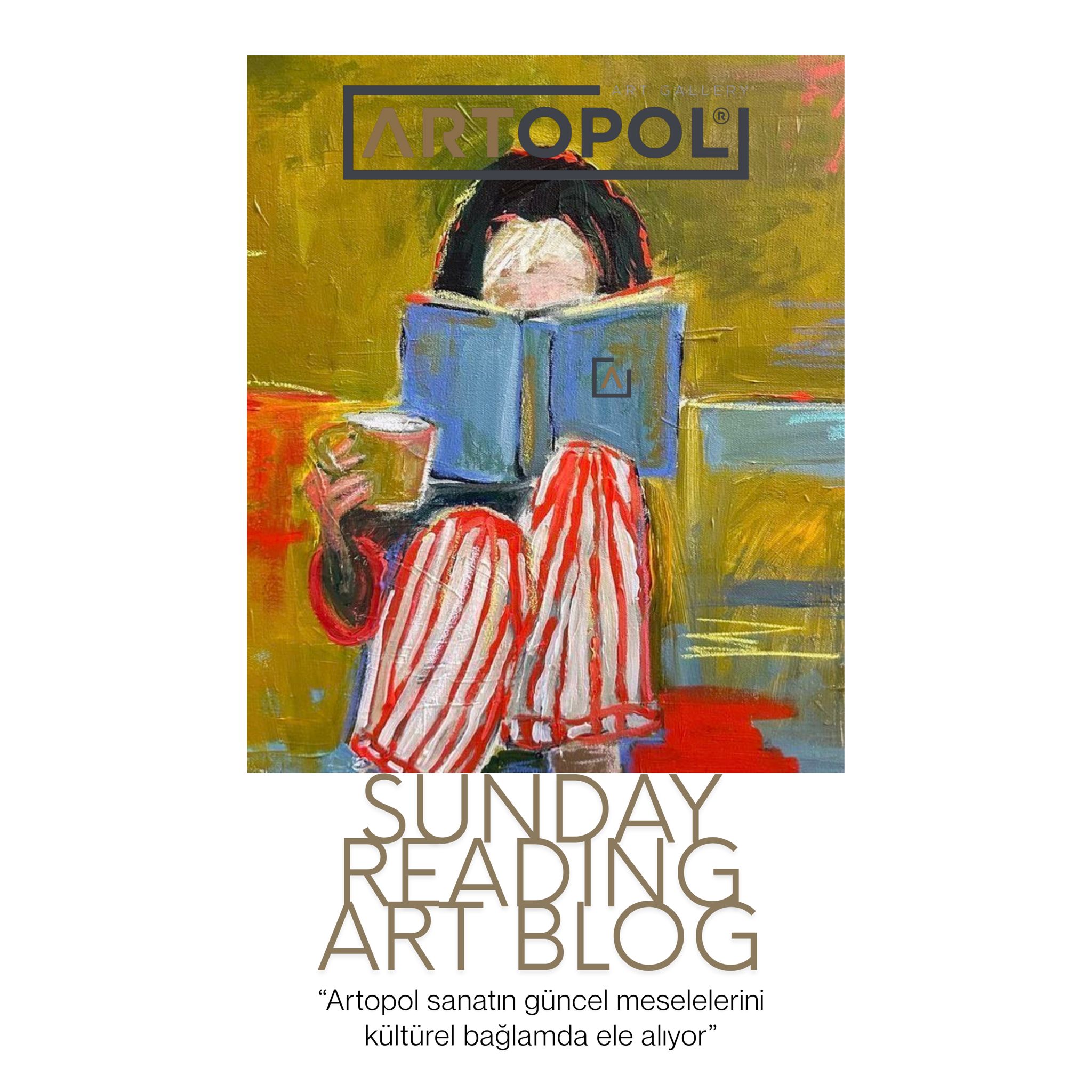What is NFT?
(Beeple - Everydays: The First 5000 Days / Digital Collage)
Even though NFTs face the risk of losing relevance in the fast-paced age with its irresistible speed, the term still keeps circulating in conversations. However, many people, especially art enthusiasts and economists, do not fully understand what this term actually means. Therefore, let's discuss what NFTs are, what they are not, and the potential risks and benefits they carry.
What is NFT?
A Non-fungible Token (NFT) is a form of digital registration, not an art form. However, because it allows art to circulate in the virtual space and contemporary art is open to innovation, NFTs are often perceived as equivalent to art. In reality, NFTs highlight the role of technology in art production. They provide a system that supports the abstract structure of fully digital works. NFTs register the ownership of intangible artworks, creating a secure environment for the transfer of works. They even enable direct communication between the artist and the buyer. In short, NFTs serve as the title deeds of the crypto art era.
NFTs, which ensure the registration and continued existence of digital works in the digital realm, can exist as images, songs, videos, or GIFs. In summary, an NFT is a digital certificate that adapts art pieces into the digital medium.
The highly discussed and thought-provoking topic of NFTs first emerged in 2017, and its first integration with an art project also happened in the same year. Starting with CryptoPunks, this early initiative continued with the Pixel Art project. After a period of relative silence, NFTs resurged in 2020 when an NFT of an artwork by the artist known as Beeple sold for $69 million.
This resurgence took place during the pandemic days, when we moved away from the physical world and embraced the virtual. During this time, artists were able to work productively and gain visibility through social media, bringing their art into the digital space, increasing both creativity and accessibility. They connected with collectors worldwide without intermediaries.
Unlike fluctuating currencies such as the dollar, stocks, cryptocurrencies, or gold bars, "non-fungible" NFT assets are unique and artistic. The Bitcoin in your possession is identical in value to the Bitcoin someone else has. Non-fungible tokens (NFTs) are digital representations of physical world collectibles. However, it should be noted that each Bitcoin may have a different value. At that point, it ceases to be just an individual and a medium. That is the nature of NFT assets. While many similar items may exist, the authenticity and ownership of a particular one can be definitively known. Examples of NFTs include digital art with artistic value, sports cards, virtual real estate domains, and IP addresses or wallet names used in cryptocurrencies.
Non-fungible digital assets are often designed to create copyright-protected products. For example, when an artist creates their work as an irrevocable token, they can earn passive income from each sale of the product.
NFTs are digital certificates linked to unique digital assets recorded on a blockchain to prove uniqueness and protect the ownership rights of buyers. The value of an NFT depends on its uniqueness and enables digital artists to monetize their work. Thanks to detailed protection systems, NFTs cannot be copied, split, or altered. They can represent almost anything, from drawings in a video game to in-game currency. No two NFTs are alike, and this uniqueness and originality give them value.
Non-fungible digital assets are designed to be easily divisible and verifiable. Typically created on the Ethereum infrastructure, these digital assets follow the ERC-721 and ERC-1155 token standards. In addition to Ethereum, EOS, Neo, and Tron have released their own token standards to encourage NFT creation.
NFTs are a form of virtual market content created to adapt artworks to digital formats and sell them online. The necessity of technology in our era has enveloped art, and art itself now exists digitally like currency, which has led to the emergence of NFTs. Functionally, NFTs are similar to cryptocurrencies, but unlike cryptocurrencies, they are non-interchangeable.
NFT Theories
While we have become increasingly familiar with cryptocurrency, it has also found a place in the art world. At this point, the question arises: Is this a conscious move? Is it an attempt to make the "crypto" world a part of post-modern life? Is it as simple as saying "technological revolution in art"? Considering the first tweet being sold as an NFT, can we say this is an effort to create value? From an art perspective, should the economic weight of this value worry us?
(Jack Dorsey's first tweet)
It is worth considering this last question…
One of the criticisms of how NFTs dominate the agenda is that they are discussed more in economic circles than in the art world. In fact, this is quite natural for a form of registration. The real concern arises as crypto art increasingly finds its place in the economy. As contemporary artists, we have accepted, embraced, and even started anticipating new NFT-art collaborations without hesitation. Therefore, for art followers, there seems to be no problem. Most discussions about NFTs are happening among economists and futurist theorists.
But is our approach correct? Should we accept it unquestioningly?
According to Daniel Bell, grand ideologies have ended and the curtain has fallen. In the intertwined world of art and ideology, if we remove ideology from the equation, does art not lose its foundation? Does lack of foundation make art vulnerable to blows, kitsch production, and fleeting whims? Or is technology just one of these whims? Donald Kuspit notes that while art is connected to its era, it is essentially timeless. Today, however, he argues that it fully reflects the period. Interpreting these words through crypto art, can we conclude that it is not a lasting breakthrough?
Dadaists also claimed that art is dead. Over time, this view, supported by others, held that art had become a dry form of expression. As Clement Greenberg noted, everything, including art, had been reduced to a dry perception without deep thought. When it comes to NFTs, the situation may be even graver. If Beeple’s sales price and method are discussed more than his art, it is unsurprising that NFTs occupy the economic rather than the art world. Considering that the superstructure reflects the infrastructure, in a world where capitalism won the ideological battles, the monetization of art is inevitable.
The relationship between art and money became visible with Pop Art. Andy Warhol both articulated this relationship and put it into practice with his art. His aim was to combine two values into a mega-value, but criticism arose that he diminished the spiritual essence of art.
NFT and Digitalization in Art
Digital art has become the natural environment for NFTs because the flexibility and capabilities of blockchain technology secure NFT ownership. Consequently, digital artists have formed the most widely used and accepted community.
Mike Winkelmann, known as Beeple, sold his digital artwork "Everydays - The First 5000 Days" for $69.3 million in 2021. Another piece, "Crossroad," sold for $6.6 million on Nifty Gateway. The work was a 10-second video of pedestrians moving past Donald Trump. Additionally, Nifty Gateway established an online crypto marketplace for digital art.
NFT Use Cases
NFTs are part of a virtual market with growing applications. Even products that might seem absurd in a virtual market, such as trading cards, are being sold at very high prices. For instance, a LeBron James dunk card on the NBA Top Shot platform is traded as an NFT and has sold for an enormous $208,000.
Games
NFTs can be used to represent in-game resources in every aspect of a game. This provides a unique opportunity to sell and trade in-game assets. Since NFTs allow external trading without the developer’s permission or bureaucratic hurdles, users can buy and sell game-controlled assets freely.
Music
Popular music groups and solo artists have also begun releasing their works as NFTs. Rock bands like Kings of Leon and artists like Lil Pump are examples.
Film and Sports
Film content and sports-related items, including merchandise and sponsorships, are gradually moving to the NFT system.
Potential Environmental Impact of NFTs
Blockchain transactions, which regulate and verify NFT sales and purchases, require proof, consuming large amounts of electricity and producing significant greenhouse gas emissions. For example, the famous NFT Nyan Cat resulted in a carbon footprint equivalent to the electricity consumption of a European citizen for two months.
Rising awareness of electricity consumption has sparked intense debate and calls for regulation. Consequently, some NFT marketplaces have pledged sustainable practices. In certain cases, buyers are offered the opportunity to contribute to carbon offset programs during payment. Some artists have also withdrawn from NFT markets, stating that they did not see significant progress and did not want to accelerate global warming through CO2 emissions.
Recently, efforts have been announced to reduce carbon emissions and electricity consumption caused by NFTs. This will at least mitigate the negative aspects of digital artistic production, providing relief for both NFT buyers and creators. Additionally, independent efforts can also reduce the emissions required for NFTs.
NFTs, which raise many questions, are not inherently sinful. They certainly foster creativity. Moreover, they can be used not only for digital artworks but also for registering physical works, providing a guarantee mechanism in the circulation of art. In short, NFTs are complex, fresh, and versatile; whether they vanish or thrive, it would not be surprising.
Written by: Zeynep Dikmen



